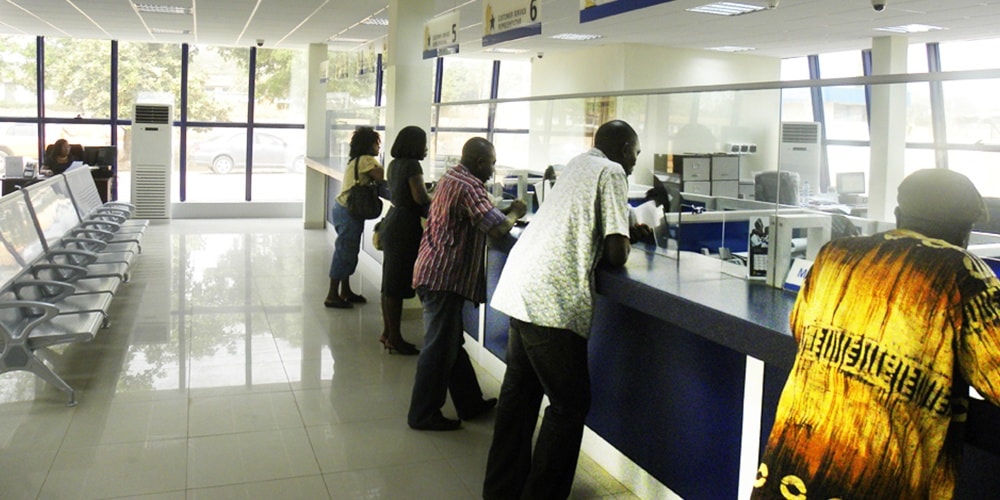The Bank of Ghana, BoG says it has put in place five major measures that will help mitigate the impact of the Covid-19 pandemic on the financial sector.
In its latest banking sector report, the central bank says it has taken 5 major decisions that will stabilize the financial sector against any burden from the coronavirus pandemic as well as protect depositors’ fund.
The BoG in the statement outlined the measures taken so far ;
(i) Lowering of the Monetary Policy Rate (MPR) by 150 basis points to 14.5 percent.
With COVID-19 negatively affecting international trade (both exports and imports), taxes, and foreign exchange receipts, there are indications that economic activity will slow down considerably. In the worst-case scenario, GDP growth estimates could decline sharply due to the COVID-19 pandemic. With growth under threat and inflation subdued, the MPC lowered the policy rate to 14.5 percent from 16.0 percent to help minimise the potential risks to growth. This reduction is expected to transmit to lower bank lending rates and help ameliorate the challenges in securing credit at reasonable rates during this difficult socioeconomic environment.
READ ALSO :Â Covid-19 :Â BoGÂ directs banks, SDIs not to pay dividends to shareholdersÂ
(ii) Reduction in Primary Reserve Requirements from 10 percent to 8 percent.
By this policy, additional liquidity becomes available to banks for on-lending to critical sectors of the economy to moderate the expected slowdown in growth. The MPC had previously announced a proposal to reduce the primary reserve requirements from 10 percent to 8 percent to support an Enterprise Credit Scheme in support of the SME sector. This policy initiative, therefore, broadens the scope to all banks and expands the coverage of channelling the additional funds to support lending to all critical sectors of the economy.
(iii) Reduction in prudential limit of Capital Adequacy Ratio from 13.0 percent to 11.5 percent
The reduction in the prudential limit on Capital Adequacy Ratio (CAR) is intended to support the extension of additional credit by banks. Reducing the minimum CAR is to remove credit extension constraints that some banks may face in increasing their loan book due to CAR restrictions. This policy, therefore, complements the reduction in primary reserves in helping to boost credit expansion to support critical sectors of the economy.
(iv) Reduction in provisions for loans in the OLEM category from 10 percent to 5 percent
The reduction of provisions for loans in the “Other Loans Especially Mentioned†(OLEM) category from 10 percent to 5
percent seeks to address the impact of difficulties in loan repayments due to the slowdown in economic activity. It is envisaged that the disruptions in economic activity resulting from COVID-19 will increase the credit risk of customers and create repayment challenges, which could increase the NPL ratios as well as increase loan loss provisions of banks. The reduction in the provision for loans in the OLEM category could, therefore, minimize the impact of the potential challenges of NPLs on loan loss provisions and profit margins of banks.
(v) Classification of loan repayments past due for MFIs for up to 30 days as Current
Loan repayments that are past due for Microfinance Institutions (MFIs) for up to 30 days is classified as “Current†as is the case for all other SDIs. This policy is to make loan classification and related provisioning norms less stringent for Microfinance institutions, just as is the case for all other categories of SDIs, and help minimize the impact of loan repayment challenges on MFIs.
Â





